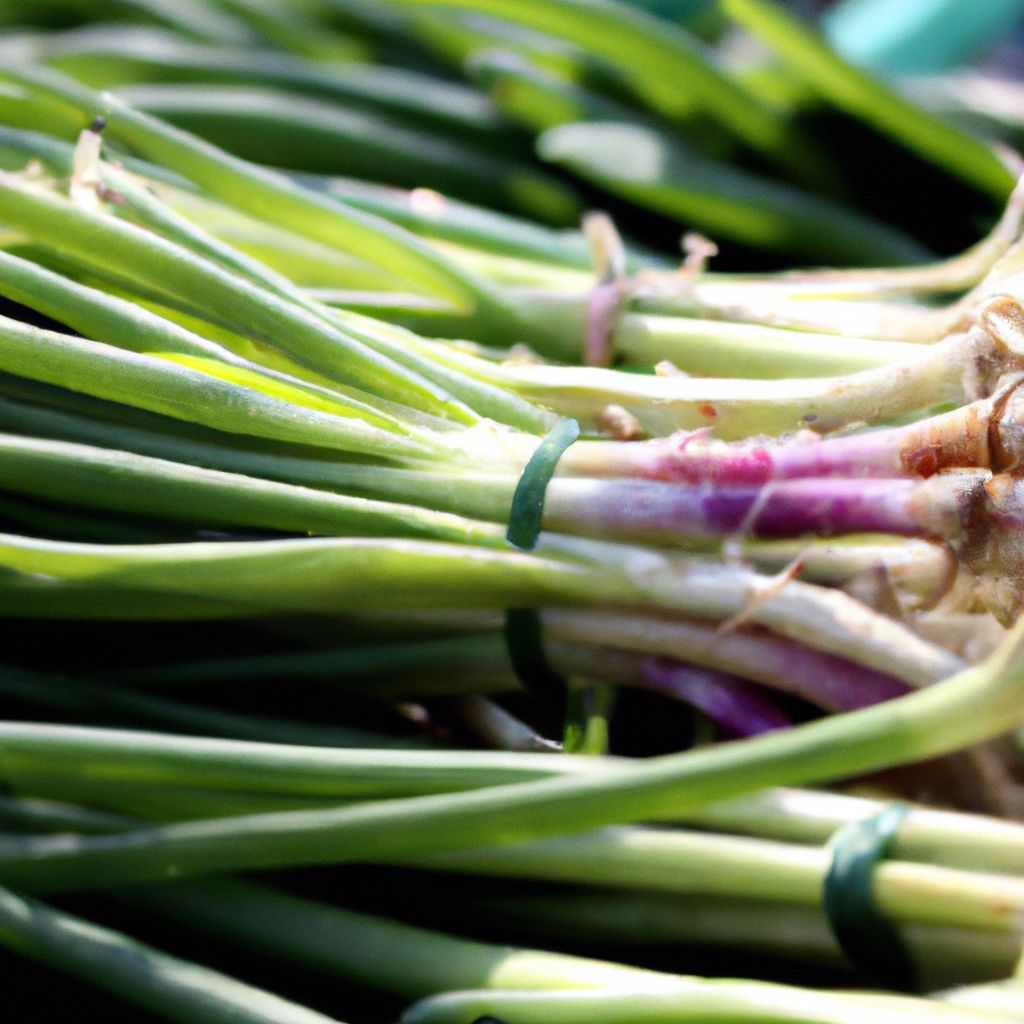Fonio, a revered ancient grain from the heart of West Africa, is gaining traction among health enthusiasts and culinary experts for its robust nutritional profile and gluten-free nature. This tiny yet mighty grain is a testament to the rich agricultural tradition of Africa. Growing Fonio at home is not only a step towards sustainable living but also a rewarding venture into the world of ancient grains. This comprehensive guide aims to equip you with the necessary knowledge and tips on cultivating Fonio right in your backyard. From selecting the perfect spot, preparing the soil, choosing high-quality seeds, to the care, harvest, and storage of Fonio, we’ve got you covered. The journey of growing Fonio at home is a blend of tradition, health, and culinary exploration that promises a rewarding and enriching experience.
Choosing the Right Location for Fonio
The first step towards a successful Fonio cultivation is selecting an ideal location. Here’s what you need to consider:
- Sunlight: Fonio thrives under full sun, requiring a minimum of 6-8 hours of direct sunlight daily. Ensure the selected spot is sunny, ideally with a temperature range of 77-86°F. The warmth and sunlight are crucial for the photosynthesis process, which in turn, contributes to the grain’s growth and yield. The energy from the sun is harnessed by the Fonio plants to create food for growth through photosynthesis, making sunlight an indispensable factor in growing Fonio at home.
- Soil Drainage: Well-draining soil is crucial to prevent waterlogging which can be detrimental to Fonio plants. A slightly elevated or sloping area could be ideal. The soil structure should allow water to percolate easily to prevent the roots from becoming waterlogged, which could lead to root rot and other related diseases. The essence of good drainage cannot be overemphasized in growing Fonio at home as it ensures the roots remain healthy and free from rot.
- Soil Testing: Conduct a soil test to understand its pH and nutrient levels. Fonio prefers slightly acidic to neutral soil with a pH range of 6.0 to 7.0. Amend the soil with organic matter like compost or well-rotted manure to improve fertility. A soil test will provide insight into the soil’s nutrient profile, enabling you to make informed decisions on soil amendments. The right soil conditions are pivotal in growing Fonio at home successfully.

Preparing the Soil for Planting Fonio
A well-prepared soil bed is the foundation of healthy Fonio plants. Follow these steps to prepare your soil:
- Clearing the Area: Remove any weeds, rocks, or debris from the planting area. Weeds can compete with Fonio plants for nutrients, water, and sunlight, while rocks and debris can hinder root development. A clean, debris-free soil bed is essential for the healthy growth of Fonio plants.
- Tilling the Soil: Use a garden fork or tiller to loosen the top 6-12 inches of soil. This promotes better drainage and root penetration. Tilling also helps in breaking down compacted soil, which could be detrimental to the root growth of Fonio plants. The loose soil structure allows the roots to penetrate deeply and spread out in search of nutrients and moisture.
- Adding Organic Matter: Enrich the soil by working in ample amounts of compost or well-rotted manure. Organic matter improves soil structure, enhances water retention and drainage, and provides essential nutrients for Fonio plants. The addition of organic matter is a natural way to boost soil fertility and provide the necessary nutrients for growing Fonio at home.
- Leveling and Raking: Level the soil and rake it to create an even surface. Water the soil lightly to settle it down before sowing. A level ground ensures even water distribution, which is crucial for the uniform growth of Fonio plants. The final raking helps in breaking down soil clumps and creating a fine tilth for sowing.
Selecting High Quality Fonio Seeds
The quality of seeds is paramount for a good harvest. Here’s how to select the best Fonio seeds:
- Research Varieties: Explore different Fonio varieties to find one that suits your growing conditions. Some varieties may be more drought-tolerant, disease-resistant, or have a shorter growing season which could be beneficial depending on your location. The choice of Fonio variety can significantly impact the success of growing Fonio at home.
- Reputable Supplier: Purchase seeds from a reputable supplier, preferably certified organic and non-GMO. A reputable supplier will provide high-quality seeds with a higher germination rate, which is crucial for a successful harvest. The quality of seeds is a determinant factor in the yield and overall success of growing Fonio at home.
- Germination Test: Conduct a germination test by placing some seeds on a damp paper towel to check their sprouting potential. This simple test will give you an idea of the seed viability and what germination rate to expect. A good germination rate is indicative of the seed quality and viability.

Sowing and Caring for Fonio Plants
Proper sowing and care ensure healthy growth and optimum yield. Here’s a step-by-step guide:
- Sowing: Sow Fonio seeds evenly in rows, adhering to the spacing guidelines on the seed package. Cover the seeds lightly with soil, about 1/4 to 1/2 inch deep. Proper spacing allows adequate air circulation, which is crucial in preventing mold and diseases. The sowing depth and spacing are critical factors that can influence the germination and growth of Fonio plants.
- Watering: Water gently post planting. Maintain consistent moisture but avoid waterlogging. Fonio plants are drought-tolerant but thrive best with consistent moisture, especially during the germination and early growth stages. The right watering regime is essential in growing Fonio at home successfully.
- Weeding and Mulching: Regular weeding and mulching help in nutrient retention and reducing competition from other plants. Mulching also helps in maintaining soil moisture and temperature, creating a conducive environment for Fonio growth. Effective weeding and mulching practices are integral in growing Fonio at home.
- Pest and Disease Monitoring: Keep an eye out for common pests and diseases, employing organic control measures when necessary. Early detection and intervention are key to managing pests and diseases effectively. A pest and disease-free environment are crucial for the healthy growth and yield of Fonio plants.
- Supporting Plants: Provide support like trellising if Fonio plants become top-heavy as they grow. Support structures help in keeping the plants upright, ensuring they receive adequate sunlight and air circulation. The right support structures are essential in growing Fonio at home, especially during the grain-filling stage.
Harvesting and Storing Homegrown Fonio
The journey from sowing to harvest culminates in these steps:
- Harvest Timing: Harvest Fonio when it turns golden yellow, typically 100-120 days post planting. The color change is a clear indication that the grains are ready for harvest. The timing of harvest is crucial to ensure the grains have reached maturity and are ready for consumption.
- Cutting and Drying: Cut the panicles off the stalks and spread them out to dry. Drying is crucial to reduce moisture content, which could lead to mold growth during storage. Proper drying is essential to preserve the quality and longevity of the harvested Fonio grains.
- Threshing: Rub the panicles together or use a sieve to separate the grains. Threshing is a traditional method used to separate the grains from the chaff. The threshing process is a time-honored tradition that is essential in preparing the grains for storage and consumption.
- Storage: Once thoroughly dry, store Fonio grains in airtight containers away from direct sunlight. Proper storage ensures the grains remain fresh and free from pests and mold. The right storage conditions are crucial to ensure the harvested Fonio grains remain in good condition for a long time.

Helpful Tips for Successful Fonio Cultivation
- Opt for disease-resistant Fonio varieties suited to your growing zone. Disease-resistant varieties require less maintenance and are likely to produce a better yield. The choice of variety is a critical factor in the success of growing Fonio at home.
- Practice crop rotation to prevent soil degradation and pest infestation. Crop rotation is a sustainable farming practice that helps in maintaining soil fertility and breaking pest and disease cycles. Crop rotation is a time-tested agricultural practice that is beneficial in growing Fonio at home.
- Employ row covers for protection against birds and insects. Row covers provide a physical barrier against pests while allowing sunlight and water to reach the plants. Row covers are an effective and eco-friendly way to protect Fonio plants from pests and adverse weather conditions.
- Apply organic fertilizers if necessary to boost soil nutrients. Organic fertilizers release nutrients slowly, providing a steady supply of nutrients to Fonio plants. The right fertilization regime is crucial for the healthy growth and yield of Fonio plants.
- Monitor soil pH and amend as required to maintain the ideal range. A balanced pH is crucial for nutrient availability and overall plant health. Soil pH is a critical factor that influences the availability of essential nutrients to Fonio plants.

Enjoying Versatile Homegrown Fonio
The joy of harvesting is followed by the pleasure of culinary exploration. Fonio is a versatile grain that can replace rice or quinoa in most recipes. Its mildly nutty flavor and quick cooking time make it a favorite. Experiment with Fonio in various recipes like breakfast porridge, hearty salads, stuffed peppers, and delightful dessert puddings. The journey from soil to table is not only fulfilling but also a step towards a healthier and sustainable living. The versatility of Fonio extends beyond the kitchen; its resilience in the field and nutritional benefits make it a worthy addition to your home garden and your diet. Growing Fonio at home is a rewarding experience that offers nutritional, environmental, and culinary benefits. The rich tradition of Fonio cultivation is a heritage worth preserving and promoting in our home gardens.
















































